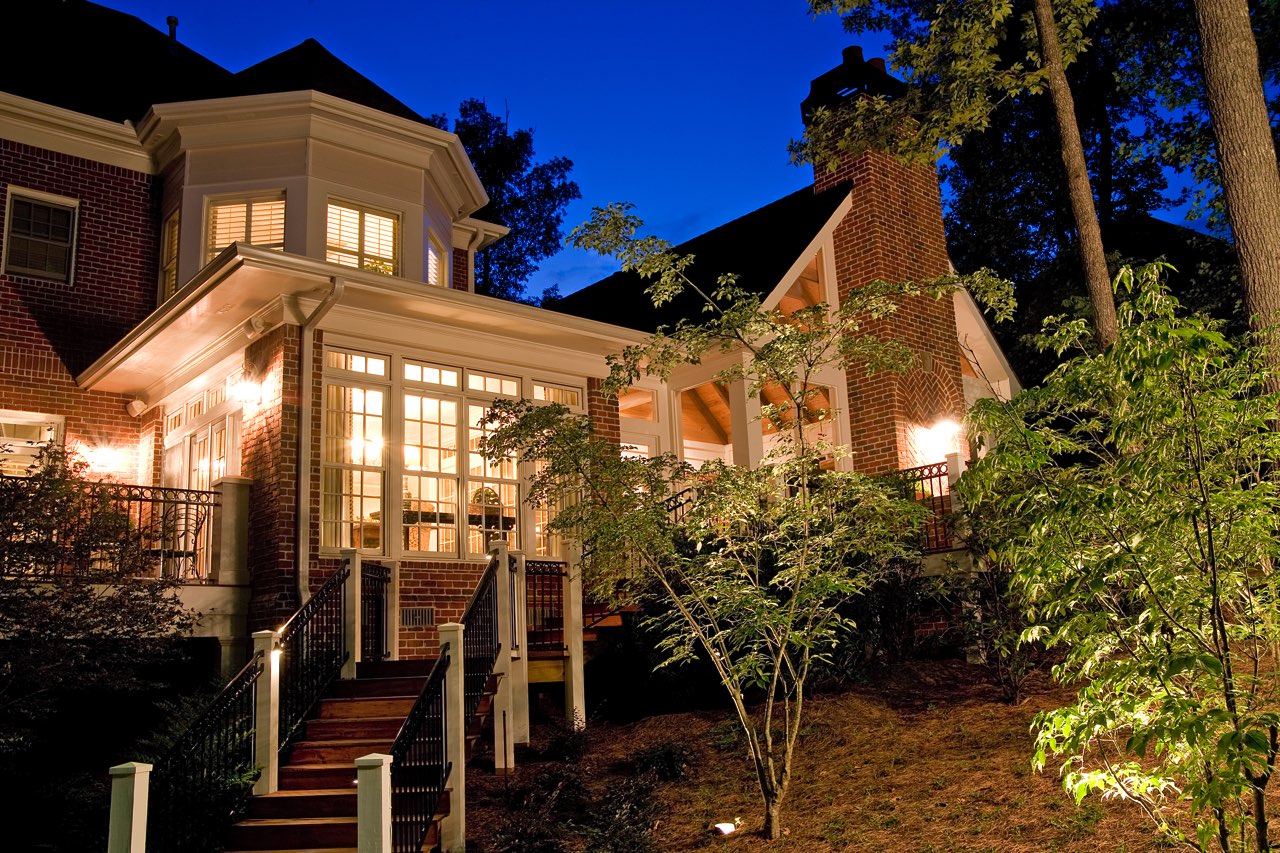
Lighting plays a crucial role in interior design, as it has the power to transform a space and create the desired ambiance. Whether you want to highlight specific features, create a cozy atmosphere, or enhance the functionality of a room, understanding the art of lighting is essential. Here are some tips on how to use light to elevate your interior design:
- Understand the Types of Lighting: There are three main types of lighting: ambient, task, and accent. Ambient lighting provides overall illumination and sets the mood of a room. Task lighting focuses on specific areas or tasks, such as reading or cooking. Accent lighting is used to highlight architectural features, artwork, or decorative elements. By combining these three types strategically, you can create a well-balanced and visually appealing space.
- Consider Natural Light: Natural light is an excellent resource for interior design. It not only illuminates the space but also connects it with the outdoors. Maximize natural light by using light-colored window treatments. Also, keep windows clean, and avoiding heavy or opaque materials. Arrange furniture and mirrors to reflect and distribute natural light throughout the room.
- Layer Lighting: Layering lighting involves using a combination of ambient, task, and accent lighting to create depth and visual interest. Start with the ambient lighting as the base. This can be achieved through ceiling-mounted fixtures, recessed lights, or chandeliers. Then, incorporate task lighting with desk lamps, under-cabinet lights, or pendant lights. Finally, add accent lighting using wall sconces, track lighting, or picture lights to highlight specific features or objects.
- Use Dimmers: Install dimmer switches. This gives you control over the intensity of the light and allows you to create different moods for various occasions. Dimming the lights can create a cozy and intimate atmosphere, while brighter lighting is suitable for tasks that require more focus or energy. Ensure that the dimmers are compatible with the type of lighting you have installed, such as incandescent, halogen, or LED bulbs.
- Play with Color Temperature: The color temperature of light is measured in Kelvin (K) and can greatly impact the atmosphere of a room. Warm white light (around 2700K to 3000K) creates a cozy and inviting ambiance, perfect for living rooms and bedrooms. Cool white light (around 4000K to 5000K) is more energizing and suitable for task-oriented areas like kitchens or home offices. Experiment with different color temperatures to find the right balance for each space.
- Highlight Architectural Features: Use lighting to draw attention to architectural elements like columns, arches, or textured walls. Install wall washers or uplights to graze the surface and create a dramatic effect. Cove lighting, where indirect lighting is installed in a recessed ledge or cornice, can add a soft glow to ceilings and walls, enhancing the overall ambiance of the room.
- Showcase Artwork and Decor: Well-placed accent lighting can bring out the best in your artwork, sculptures, or decorative items. Track lighting with adjustable fixtures is a versatile option for highlighting multiple pieces in a gallery-like fashion. Picture lights, mounted above or below artwork, can add a focused beam that draws attention to the piece.
- Consider the Scale and Proportions: Take into account the size of your room and the height of the ceilings when selecting lighting fixtures. Oversized fixtures can overpower small spaces, while undersized ones may get lost in larger rooms. Pay attention to the scale and proportions of the fixtures in relation to the surrounding furniture and décor to achieve a harmonious design.
Remember, lighting is a powerful tool that can enhance the mood, functionality, and aesthetic appeal of any interior space. By learning how to use light to elevate your interior design, you can create an inviting and visually stunning environment. If you find yourself ready to pursue a remodeling project in your home, MOSAIC Design + Build’s talented designers can help you with all of this. Give us a call or fill out a Schedule A Consultation form here.
